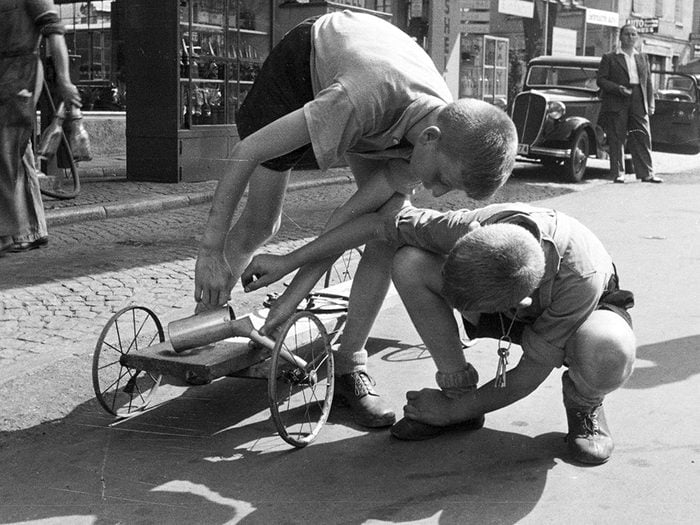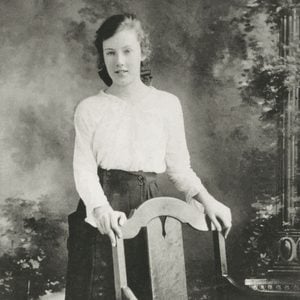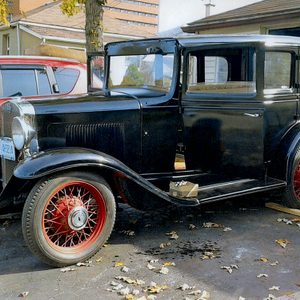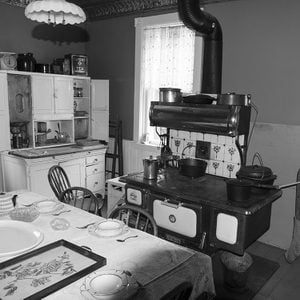Life Lessons We Can All Learn From the Great Depression

During the Great Depression, you learned to make do—or do without.
The Great Depression left scars on everyone who lived through it, but time has proven that it was actually not all bad. With approximately one out of every four men unemployed, introspection was forced on the population.
Among the “good” things the Depression fostered was salvaging and reusing items that today would be discarded as garbage. As the old proverb says, “Use it up, wear it out, make it do, or do without.” Very little was wasted. Old shoes, for example, were stripped of their laces to be used as replacements for broken ones, or even for tying up bundles of papers. The tongues of those old shoes served as patches applied to the insides of blown bicycle tires.
Newspapers deserve special attention due to their versatility. For example, they could be wrapped around green fruit to hasten ripening; moulded into small pots for planting; used as rags for cleaning windows; made into covers for text books; lined a pet’s litter box; provided padding for packing fragile items and even used to make papier mache. In addition, they were recycled to wrap up garbage scraps, or to wrap up and order from Joe’s Fish and Chips—the newspaper kept the food hot while the delivery boy rode his bike to deliver it to a hungry customer. And finally, they made great fire starters for the stove, furnace or fireplace.
Hand-me-downs were the order of the day with new clothing being a rarity. In some families, the sweater you saw on one sibling last year reappeared on another one this year—patched for sure, but still serviceable. One more use for old newspapers was that they could be wrapped around the body of the same sweater-wearer for added warmth.
Children made their own activities back then and knew better than to ask for what could not be provided, such as sports equipment. In a road hockey game, for example, padding consisted of newspapers layered under coats and magazines stuffed into stockings to act as shin pads. There were other “street” games as well, each with its own set of rules, administered by us children without adult input or interference. There seemed to be an invisible “game clock” that dictated what time of year each game should be played. Fence walking and “relievo” for example were enjoyed in the fall, preferably at dusk. Relievo (where players on one team hide and are then sought out by members of the other team, who try to capture them and keep them in “jail” while the captives’ teammates try to free them) was particularly rough. Often, when a player was captured he’d resist to the point where his jacket was torn—a fact that was always hidden from our mothers, as such shenanigans ended in physical punishment—after all, jackets don’t grow on trees, you know!
Life was simpler back then and kids handled the rules, punishments and parameters as they came. It was also a way of life that had its own rewards, including the freedom to roam. We were able to build self-reliance, thanks to growing up in a world where you made do—or had to do without.
Next, check out 30 Depression-era cooking tips worth trying today.






